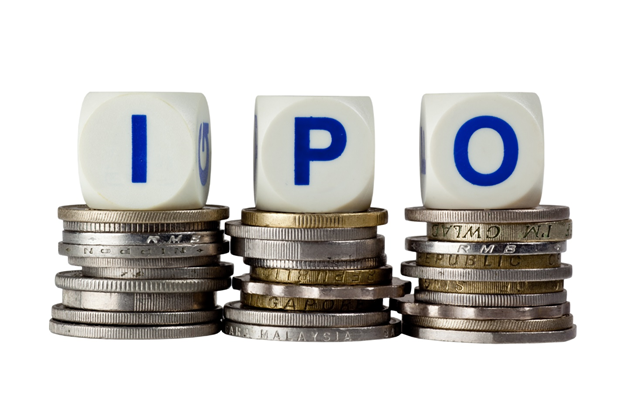Summary
- A follow-on public offering (FPO) refers to issuance of stocks to investors by a company already listed on the stock exchange.
- The issuance of additional shares via FPO happens after the initial public offering (IPO).
- An IPO is generally riskier than FPO since investors are not very clear about the future journey of the company.
A follow-on public offering (FPO) refers to issuance of stocks to investors by a company already listed on a stock exchange.
The issuance of additional shares via FPO happens after the initial public offering (IPO). FPOs are known as secondary listings. Firms generally come up with FPOs to raise additional capital or reduce debt.

Source: © Ptoone | Megapixl.com
READ MORE: A glance at the top dividend stocks for the financial year 2022
What are the types of FPOs?
Broadly, there are two types of FPOs:
Diluted FPO
In the case of a diluted FPO, a company issues additional shares to raise funds. With a rise in the number of shares, the earnings per share (EPS) decrease. The capital raised is usually allocated to cut down debt or bring a change to the firm’s capital structure. The infusion of cash is healthy for the company’s long-term outlook. Therefore, it is considered suitable for shares.
Non-Diluted FPO
In case of a non-diluted FPO, owners of existing, privately held shares bring previously issued shares to the public market for sale. The cash proceeds get passed on directly to the shareholders, placing the stock into the open market. The firm’s EPS sees no change since the company issues no new shares. This kind of FPOs are known as market offerings.

Source: © Jojojojo | Megapixl.com
What is an at-the-market offering (ATM)?
The issuing company becomes entitled to raise capital as needed in case of an at-the-market (ATM) offering. The company can refrain from offering shares in the case the firm is unsatisfied with the available price of the shares on a particular day. These offerings are also known as controlled equity distributions because of their ability to sell shares into the secondary trading market at the current price.
The stock price of a company declines as it announces secondary offerings. The reason being that the shareholders often react negatively to secondary offerings since they dilute existing shares.
READ MORE: Top ten fully-franked gold stocks with high dividend yield
IPO vs FPO: Key difference
- IPO is the first time a company issues its shares to the public, whereas an FPO is the second public issue of shares of an already listed public firm.
- A company launches an IPO with an intention to raise capital via public investment. An FPO is offered to inflow subsequent public investment.
- An IPO is generally riskier than FPO since investors are not very clear about the future journey of the company. In FPO, the investors are more confident since they can analyse past performance and make assumptions about the company's growth prospects.
READ MORE: Which are the 10 hottest ASX-listed multi-bagger resource stocks?
READ MORE: Six cryptocurrencies ready to make a big splash. Check them out here



